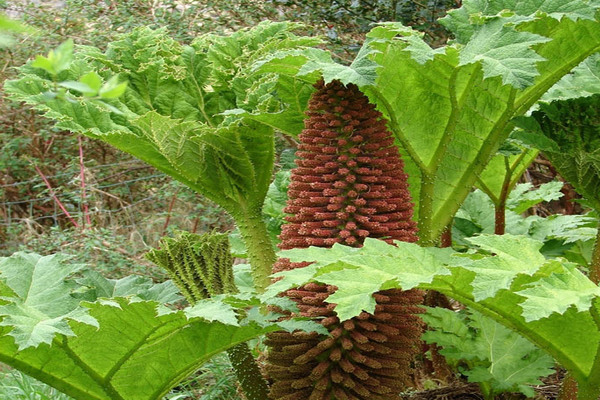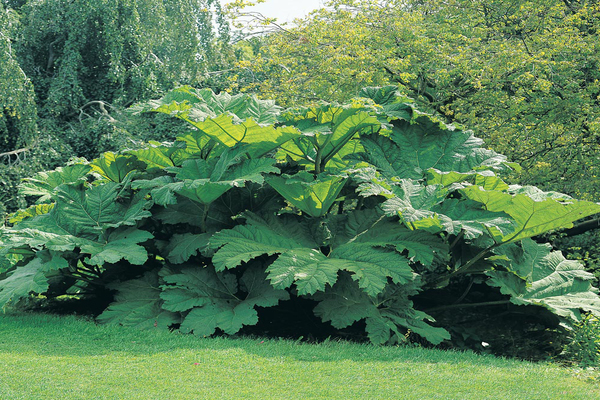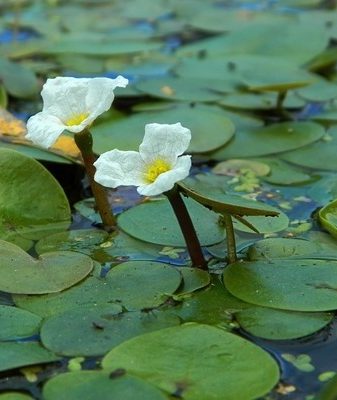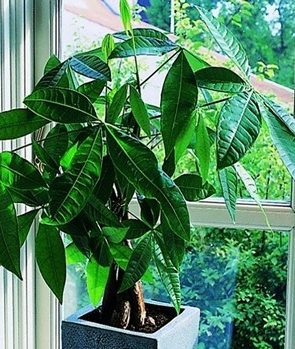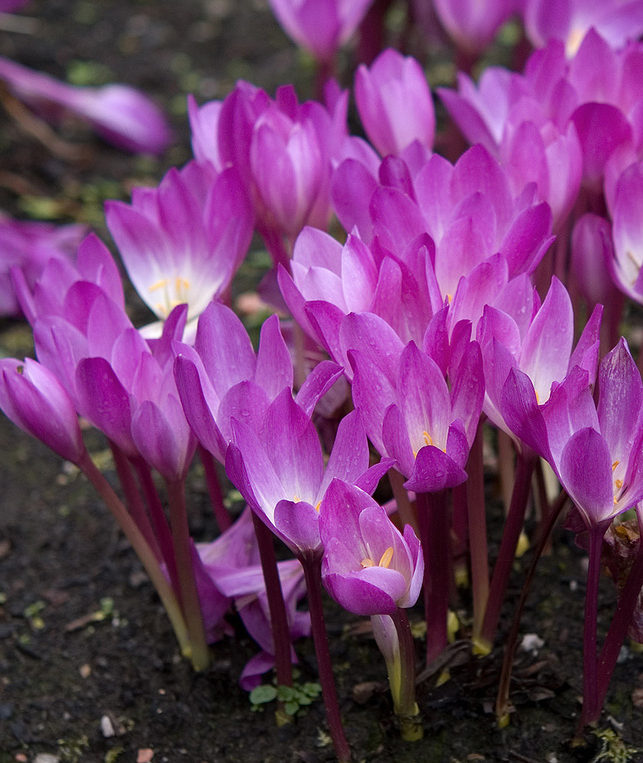Gunner
Content:
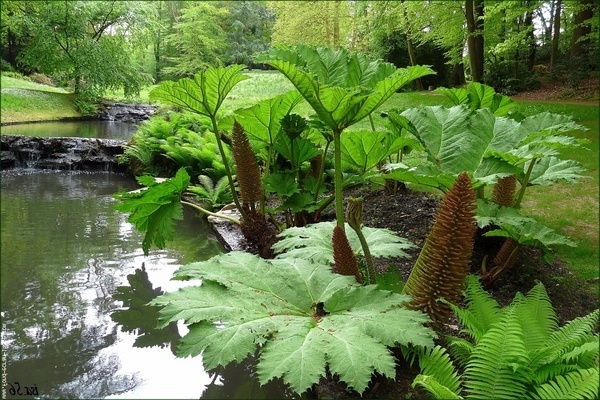
Gunner: photo of a plant
Gunner is a herbaceous perennial. The plant has huge green leaves, it is impossible not to notice such a plant on the site. Gunner is mainly grown in reservoirs and due to its exoticism and large size it is very popular with gardeners.
Gunner has a very developed root system and stems diverging in different directions at the base. Gunner leaves resemble a circle, rough to the touch and grow on long stalks.
Gunner: a description of the plant
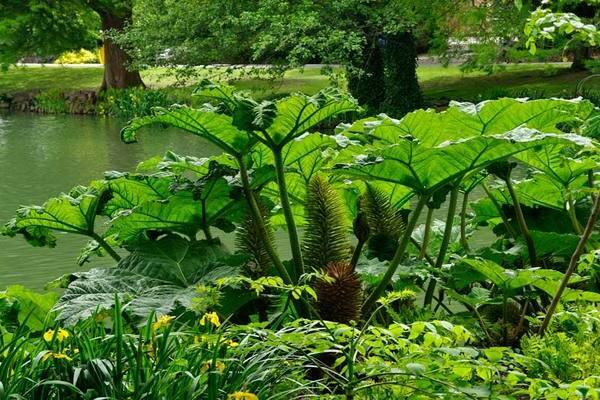
Gunner's flower: plant photo
Gunner is most common in Australia and the center of South America. The plant was named after the brilliant botanist Ernest Gunner. At the moment, about thirty different species of this beautiful plant are known.
Gunner's inflorescences are represented by small panicles, consisting of small flowers. Thus, the huge leaves create an interesting contrast to the inconspicuous inflorescences.
Gunner's sleeve is probably the most common type. It looks like a hogweed, but is not a poisonous plant. The Gunner is sometimes jokingly called “dinosaur food” because of its size. Scientists consider this plant to be one of the largest plants on Earth.
In the Sleeve Gunner, the inflorescences resemble corn cobs, consisting of small reddish flowers. In turn, the petioles and stem are covered with spines on the outside.
Gunner: planting and leaving
It is recommended to start sowing seedlings in early spring. The seeds need to be constantly in a place with high humidity. For better germination, it is necessary to use a nutrient mix of humus and organic fertilizers.
You should plant the seeds of the Gunner flower in various pots with moist soil, you can in a large container, then you will need to scatter the seeds over the surface. To facilitate future dives, it is necessary to sow not too often.
The ground must be constantly wet. After you watered the flower, a small puddle should remain on the ground.
When it is cloudy outside or the day is too short, it is recommended to cover containers with seeds with polyethylene or place them under a lamp. Do not remove it before the first shoots appear.
When the first leaf appears, the seedling must be picked.
In May, the sprouts can be planted on open ground. When planting, make sure that the distance between adjacent plants is at least two meters, this is necessary for good plant growth.
Gunner's care
If you are going to plant Gunner, you need to remember about its moisture-loving nature and the need for regular and high-quality watering. The intervals between waterings can be increased if the plant is in loam, loose or soil with normal acidity.
Wintering is possible on the site if the temperature in your area does not drop below fifteen degrees. The roots of the plant must be protected with a mixture of peat and dry foliage (mulch). With this, the roots seem to fall asleep, and in the spring they recover well.
If you live in a cold climatic zone, then it is recommended that Gunner dig up the plant until autumn. In such conditions, it is better to store at temperatures above zero, in a pot with wet sand and a root system covered with it. Again, in the spring, the plant can be planted back and not worry about its safety.
Interesting! Gunner is sometimes used as a backdrop for brighter but smaller plants.
Breeding Gunners
First you need to dig up the plant, removing the soil around. Next, divide the rhizome itself into a small number of parts, this can be done with a shovel.Having previously prepared the holes, the divided parts of the rhizome should be planted in them. The distance, again, should not be less than two hundred centimeters.
Planting a flower for Gunner is best near home waters, the plant is very moisture-loving. In the absence of a reservoir, the plant will need high-quality watering and good lighting, or light shade and good land.
The plant is hugely important not to forget about this when choosing a territory for planting.
Types of gunners
Gunner's Chilean
It is a perennial, with a maximum height of two meters on average. The whole plant is covered with outgrowths in the form of thorns, and the stem is covered with a wine-colored bloom. The Chilean gunner has leaves with a meter-diameter palmate-lobed shape; pubescence is present on the lower surface of the leaves. The inflorescence of these plants is quite large - up to seventy-five in height.
Gunner's Magellan
This is also a perennial, but not so tall. The leaves are shaped like a shovel and are only up to five centimeters wide. This species loves nutritious and light soil, possibly waterlogged soil. In the south, it can winter in open areas; in temperate climates, it will be better to transfer the plant to the house. Quite often, due to its small size, this species is grown as a houseplant.
Gunner's sleeve
Gunner's sleeve is a huge plant, the diameter of the leaves reaches two meters, while the height, in turn, can reach up to 6 meters! Giant Brazilian rhubarb (second name) for the winter is recommended to be covered with two layers. First with dry leaves, then with a wooden "box". Gunner's sleeve blooms in the period July-August with huge inflorescences in the form of panicles.
Gunner: photo of a plant

